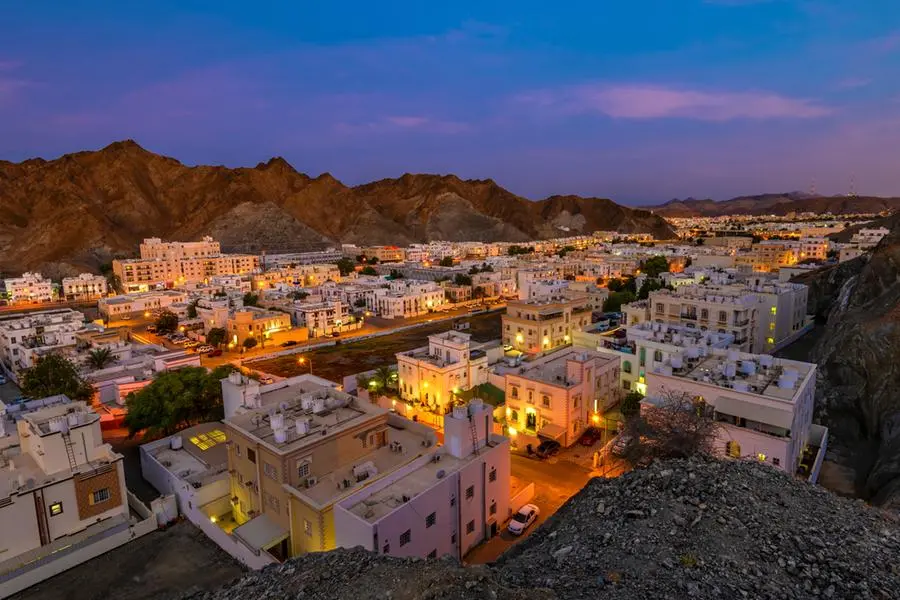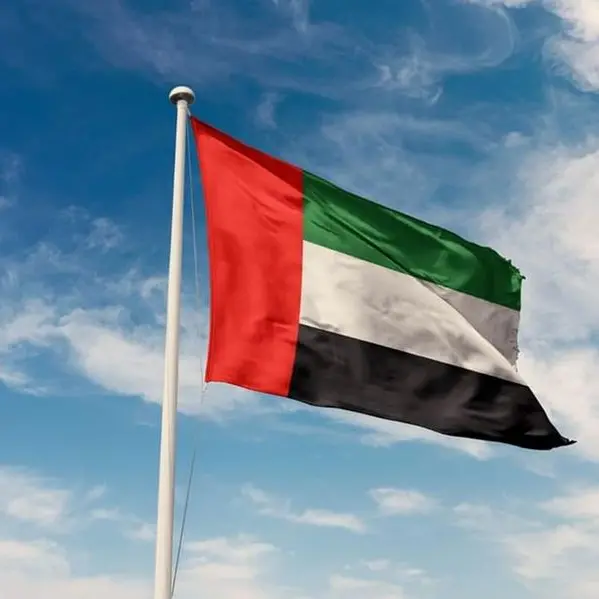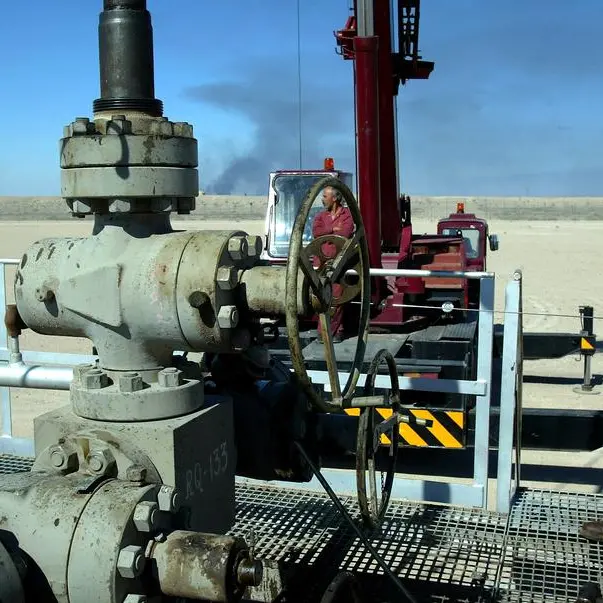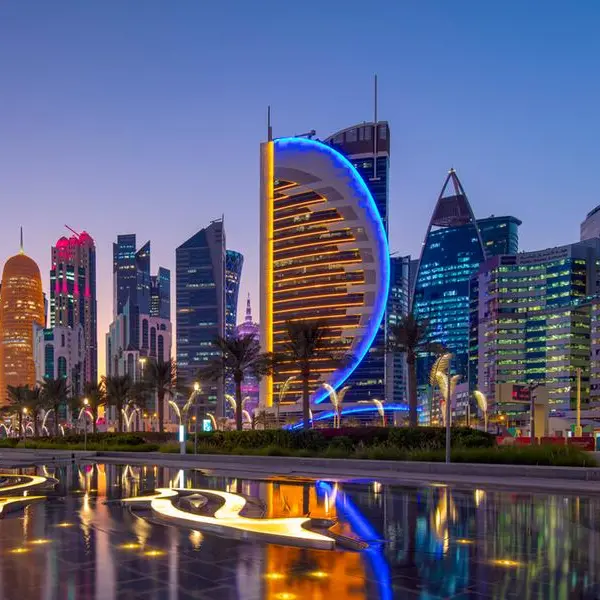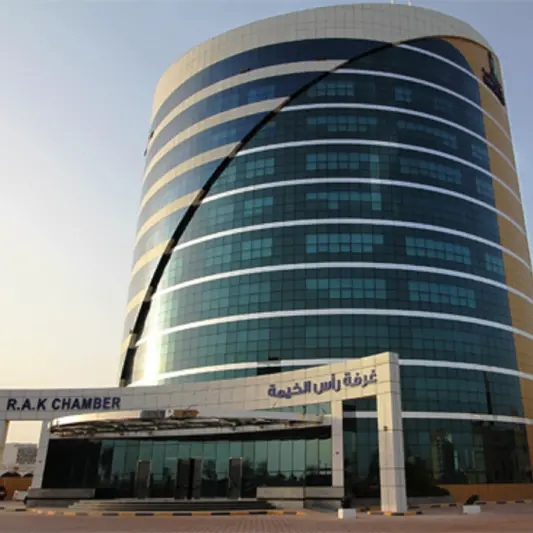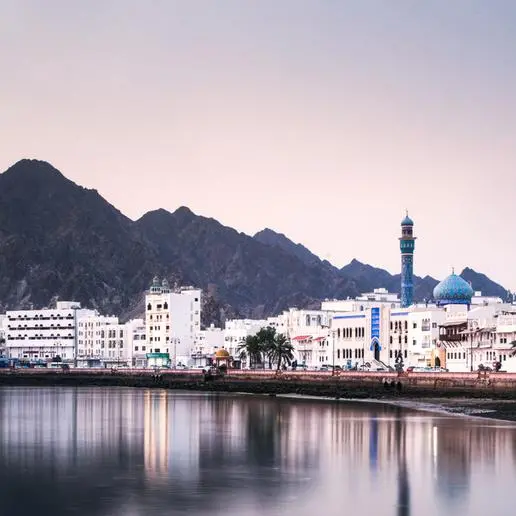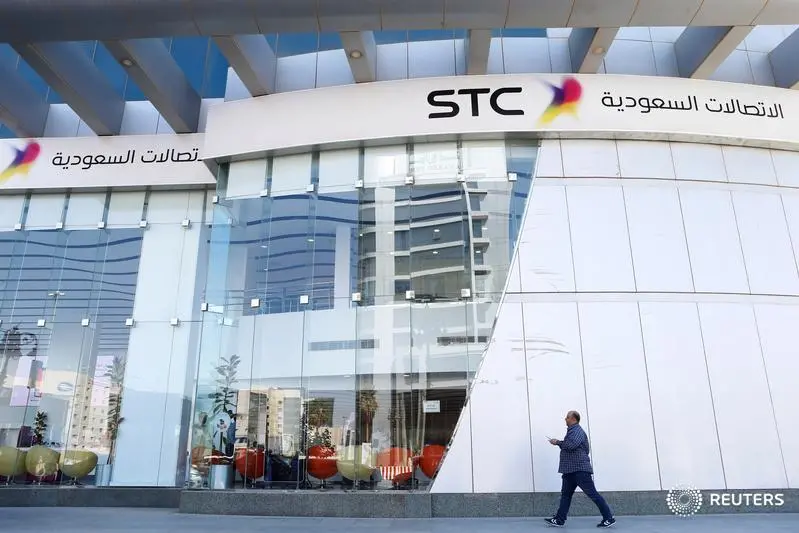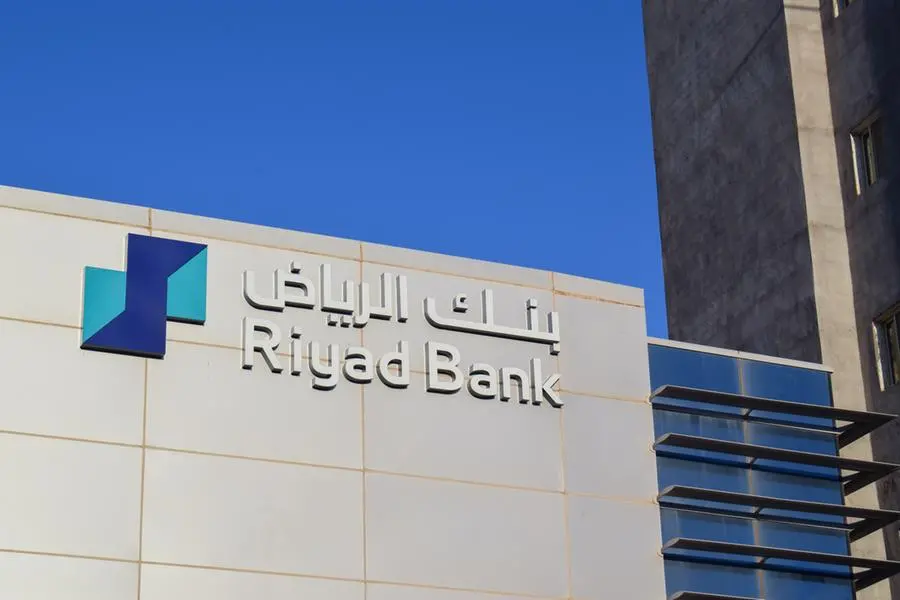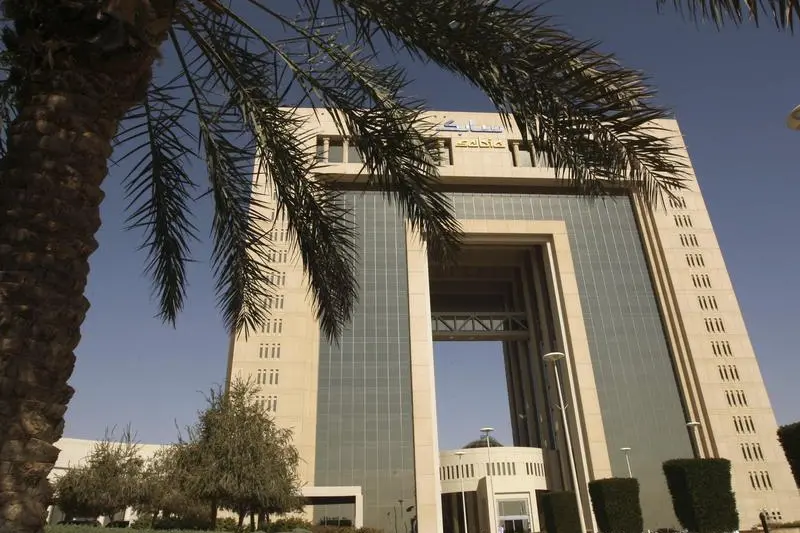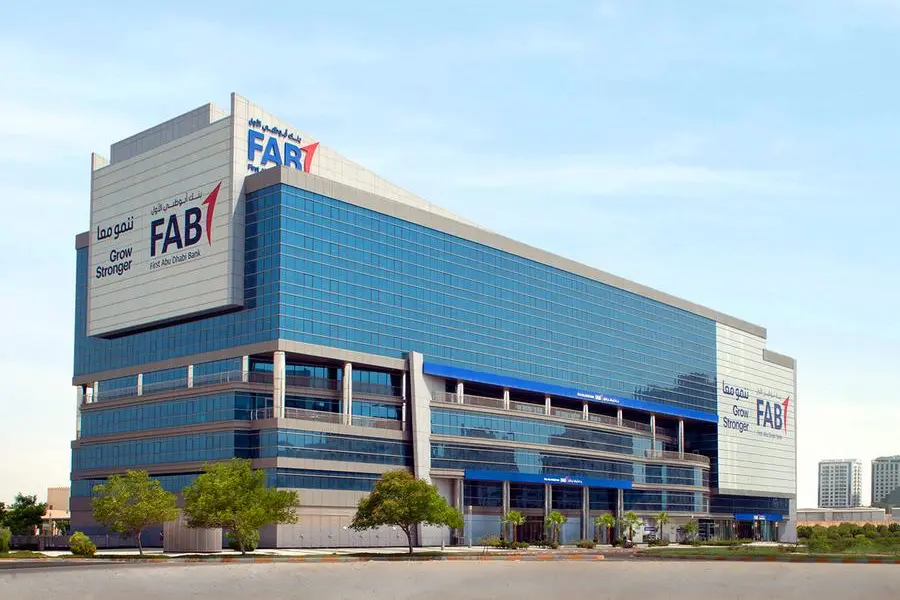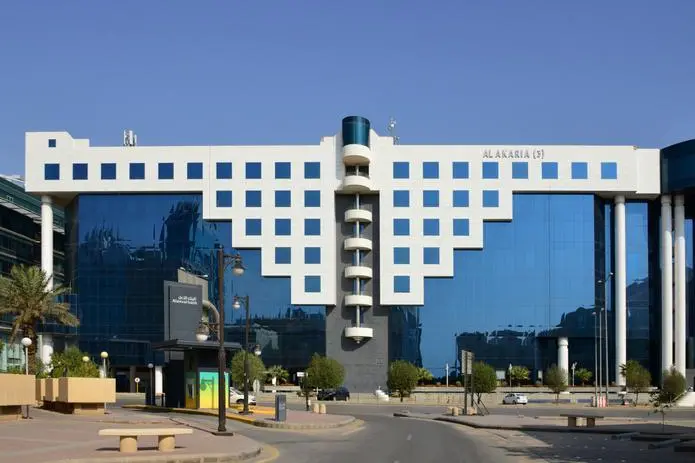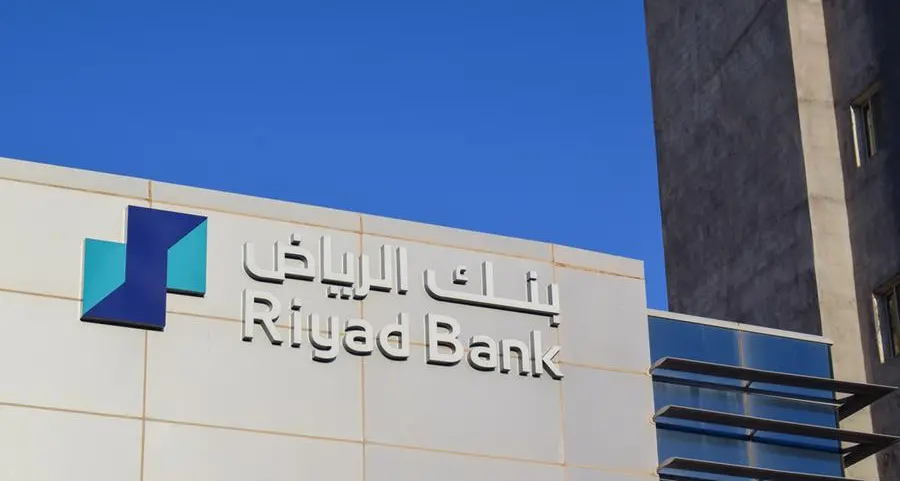PHOTO
As global energy systems shift toward decarbonisation, hydrogen has emerged as a central pillar of clean energy strategies. While production technologies have advanced significantly, the success of large-scale hydrogen economies now depends on the less discussed but critical challenge of liquefaction for long-distance transport.
Although technically complex and energy-intensive, liquefaction enables low-carbon value chains and international hydrogen trade. Oman, with its geographic advantage, policy momentum, and industrial ambition, is uniquely positioned to lead in this midstream segment. Its strategy offers a model for how emerging economies can contribute meaningfully to global clean energy trade and net-zero goals.
Much attention has focused on Oman’s strategic ports and its role in the emerging Oman-Europe hydrogen corridor. However, hydrogen liquefaction should not be viewed solely as an export enabler.
It is the foundation of a broader national strategy that can decarbonise domestic industries, generate high-value employment, and support long-term economic diversification in line with Vision 2040 and climate commitments.
By establishing liquefaction hubs in Duqm and Suhar, Oman can support both exports and local industries that require low-carbon hydrogen. These include green steel production, ammonia and fertiliser manufacturing, and future mobility sectors such as hydrogen-powered heavy transport. Each of these offers major emissions reduction potential and benefits from co-located hydrogen supply and shared infrastructure.
This effort creates an opportunity to build a highly skilled Omani workforce. Hydrogen liquefaction demands expertise in cryogenics, thermodynamics, materials engineering, and automation. Dedicated national training and certification programs can prepare engineers, operators, and technicians for emerging clean energy sectors.
Embedding Omanisation targets within hydrogen infrastructure projects ensures that economic and social value is retained locally. These initiatives can generate quality jobs across core engineering disciplines such as mechanical, chemical, electrical, and process engineering. In parallel, they open multidisciplinary career paths in automation, data analytics, environmental compliance, and industrial safety.
Public-private partnerships between universities, government, and industry will be essential to develop this talent pipeline, particularly in areas such as cryogenic maintenance, instrumentation, and safety systems.
Oman’s ability to co-develop hydrogen and carbon infrastructure presents a strategic advantage. Hydrogen from renewables and natural gas with carbon capture can be paired with CO₂ pipelines and geological storage, forming integrated hydrogen-carbon clusters. This expands market opportunities and supports compliance with frameworks such as the EU Carbon Border Adjustment Mechanism (CBAM).
To position Oman as a preferred destination for long-term investment and technology, it is essential to adopt a predictable and investor-oriented risk mitigation approach. This includes phased development of liquefaction capacity, starting with pilot projects and scaling up. Streamlined permitting, policy clarity, and in-country value incentives will enhance investor confidence and position hydrogen liquefaction as a bankable, climate-aligned asset class.
While global attention often centers on export corridors, Oman has the opportunity to lead by developing infrastructure that strengthens domestic industries and cultivates national talent. Hydrogen liquefaction is not only a technical process; it is a strategic enabler of a resilient, knowledge-based economy capable of sustaining long-term growth in the global decarbonisation era.
2022 © All right reserved for Oman Establishment for Press, Publication and Advertising (OEPPA) Provided by SyndiGate Media Inc. (Syndigate.info).
